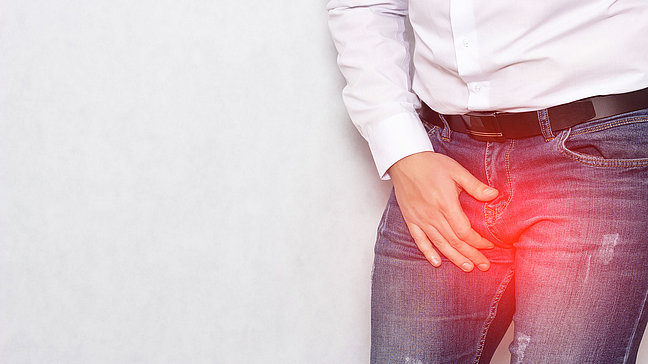
Testicular atrophy
Causes of testicular atrophy
Testicular atrophy can be triggered by a variety of factors, including:
- Infections, such as mumps, that affect the testicles
- Hormonal disorders, such as low testosterone levels
- Injuries or trauma to the testicle
- Side effects of certain medications or medical treatments, such as chemotherapy
- Long-term use of anabolic steroids
- Undescended testicles that were not treated in time
Symptoms of testicular atrophy
- Reduction of the affected testicle
- Decreased libido or sexual dysfunction
- Reduced sperm production and possible infertility
- In some cases, pain or discomfort in the testicular area
Diagnosis of testicular atrophy
The diagnosis is made through a physical examination in which the doctor checks the size and consistency of the testicle. Additional tests such as ultrasound, blood tests to check hormone levels (testosterone, LH, FSH), and sperm tests may be conducted to determine the cause and extent of the atrophy.
Treatment options for testicular atrophy
- Medication treatment: If testicular atrophy is caused by hormonal imbalances, hormone therapies such as testosterone replacement may be considered.
- Surgical treatment: In cases where a physical cause such as undescended testicles or testicular torsion is responsible, surgical intervention may be necessary.
- Treatment of the underlying condition: Infections or other underlying diseases must be specifically treated to stop the progression of testicular atrophy.



